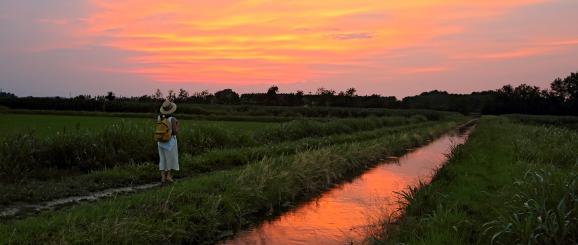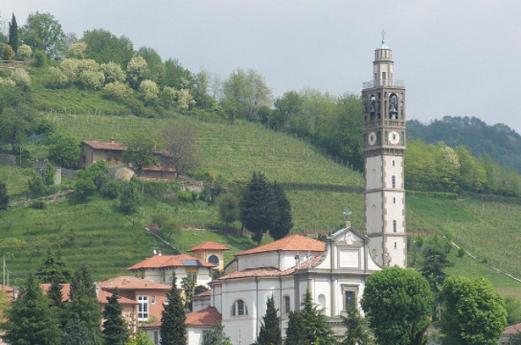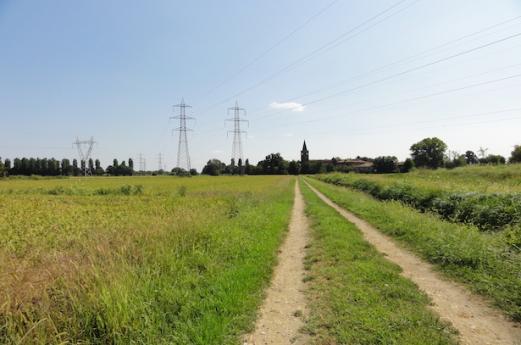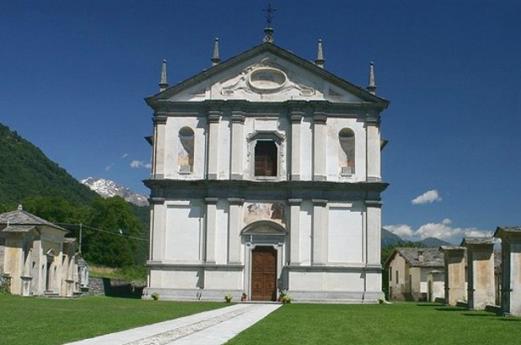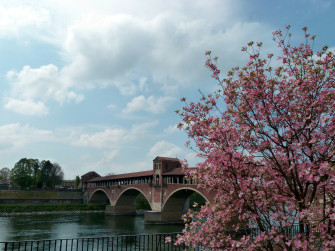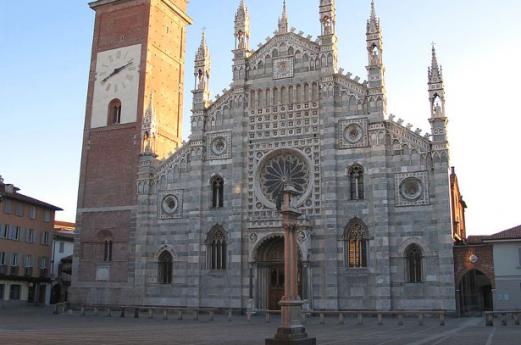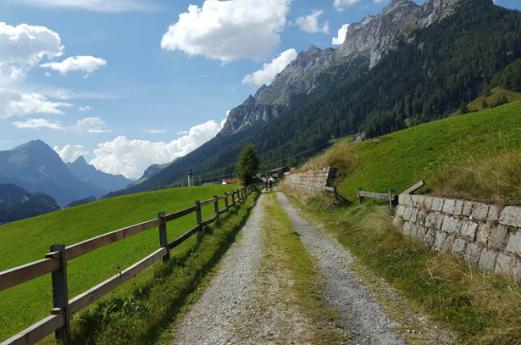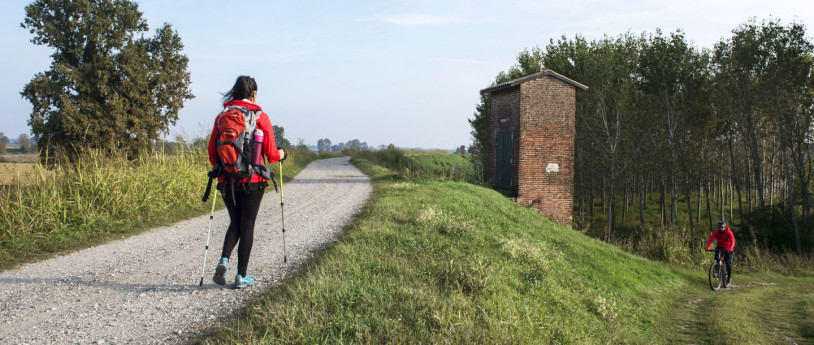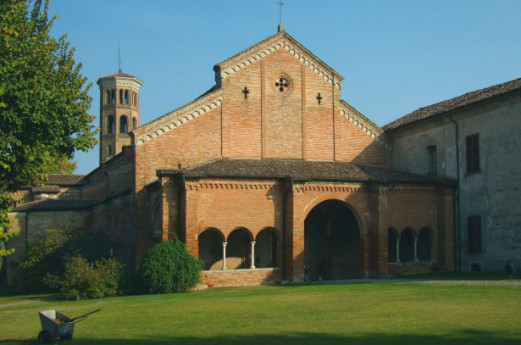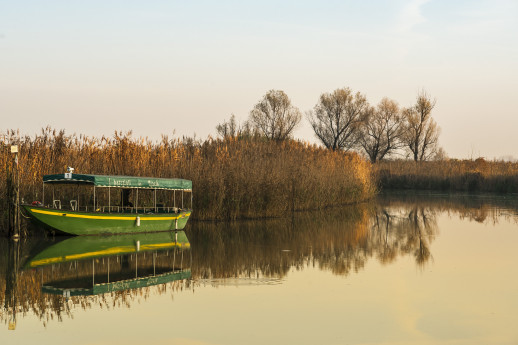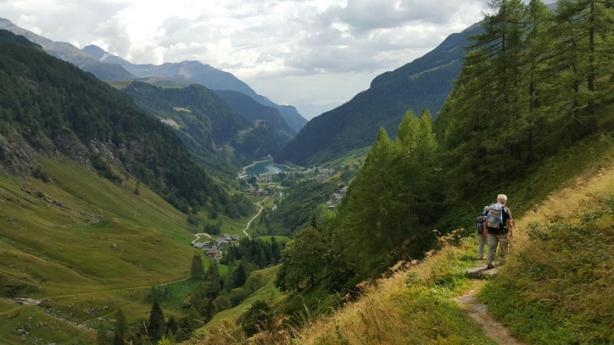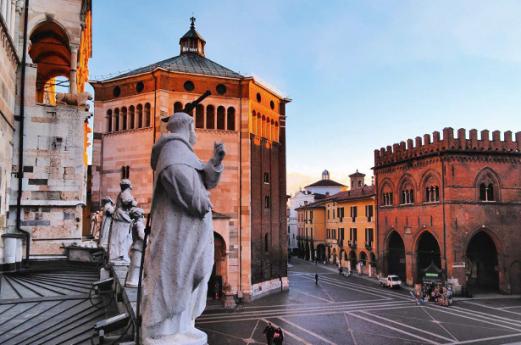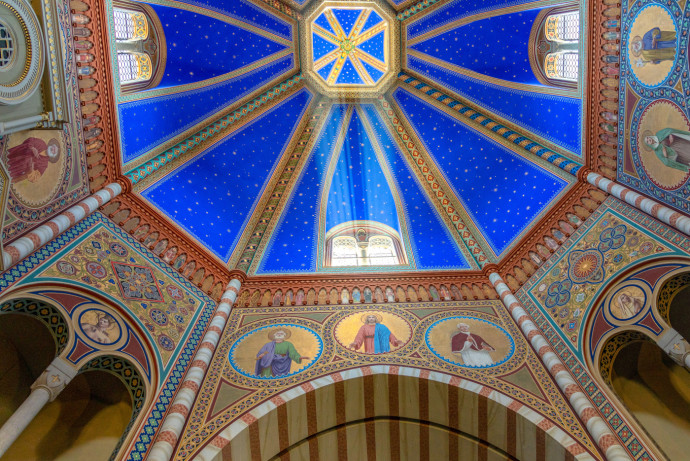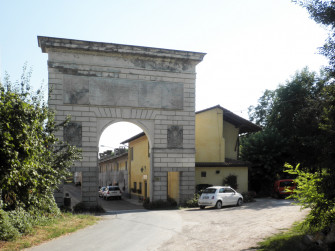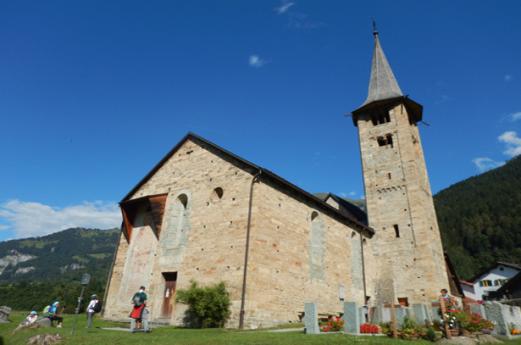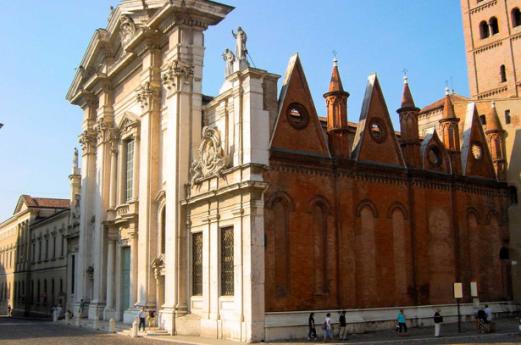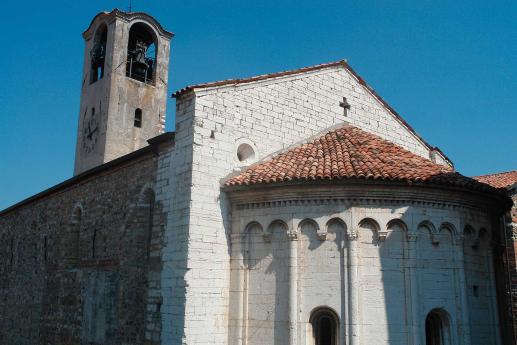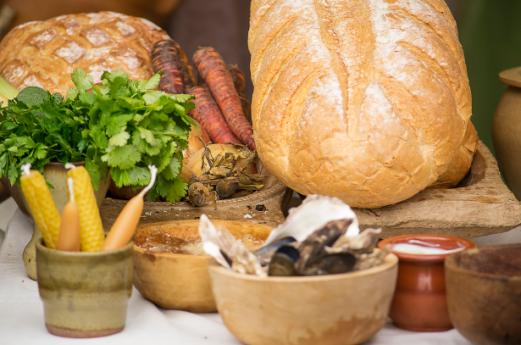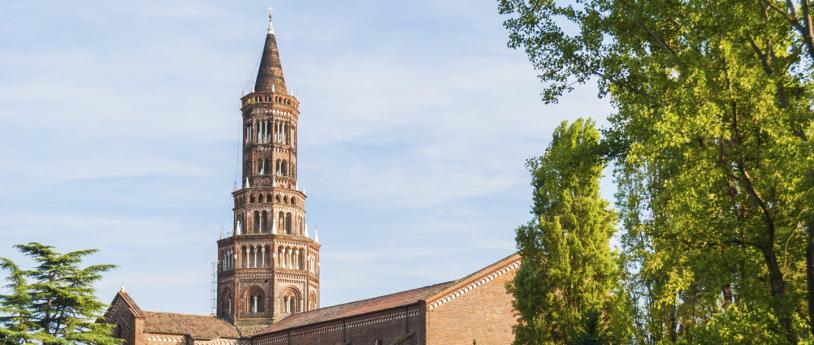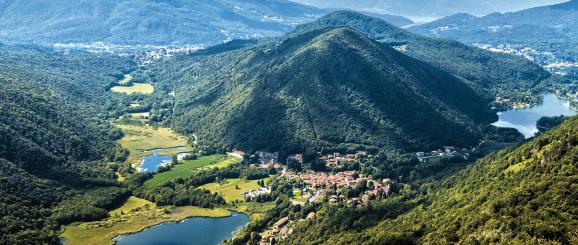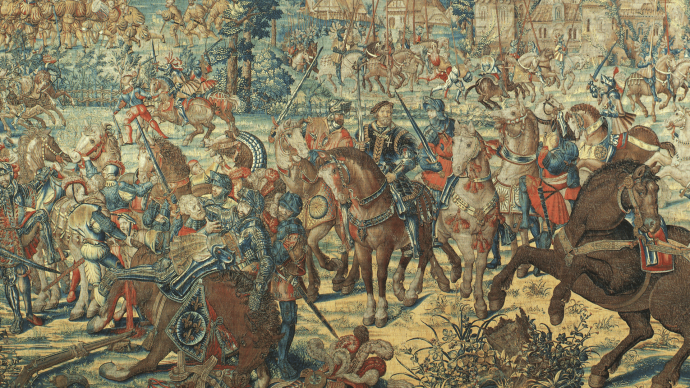- Religious Tourism
- Itinerari
Lecco: Places and Streets of Faith
The province of Lecco, a treasure trove of faith and culture
Places and Ways of Faith is a unique, innovative proposal: a series of routes that will allow you to experience a real interior, spiritual journey.
Let’s start with the vital points of interest.
Palazzo delle Paure, Lecco built at the start of the twentieth century. The building was the
seat of the cadastral, taxes and customs offices, where the people of Lecco went to pay theirtaxes.
The shapes recall medieval and Renaissance architectural features.It is now the setting for exhibitions and the home of the Contemporary Art section as well as the Graphics and
Photography section of the Municipal Gallery and the Lecco Alpine Observatory.
Monastery of S. Maria del Lavello, Calolziocorte, one of the most important
religious monuments in the Valle San Martino.
Built in a place of transit on the Piedmont route from Como to Bergamo, it became a pilgrimage destination for a miraculous well. In 1510, the monks began to build the present monastery.
Inside the church, frescos and canvasses can be admired from the time of the reconstruction sponsored by the Servi di Maria.
Church of S. Giorgio, Mandello del Lario, located along the Sentiero del Viandante,
is home to an extraordinary fresco cycle on the triumphal arch from the late 15th century
depicting Christ the Judge. To his right the righteous ascend to heaven, while on the left,
the damned souls are subjected to torture from the demons.
Church of Saints Gottardo and Colombano, Arlate, Calco la Chiesa, a fascinating testimony of the Lombard Romanesque architecture, that was originally part of a Cluniac Monastery complex. In the apsidal conch, once entirely frescoed, the remains of Christ Pantocrator are still visible. (XIII century)
Church of St Thomas of Canterbury, Corenno Plinio, Dervio, probably built around the 12th century. The building stands close to the wall of a castle and has been subject to substantial restoration works over the centuries. Towards the end of the 17th century, two chapels were built and, in 1966, various frescos were brought to light on the side walls of the nave, dating from between the 14th and 16th centuries. Two funerary monuments, known as “Andreani Arks”, are of great value.
Church of Madonna di Bondo, Vestreno, lying at an altitude of around 700 metres.
The foundations of the current building, dating from 1677, were laid on the existing
structure of the devotional chapel, built following a miracle that occurred near
Milan in 1583. Over the centuries, the church was embellished with additional pomp and
interior furnishings: the altar, the refectory and the balustrade in black Varenna marble
date from the 18th century, as do the portico and facade in granite, while the bell tower was constructed at the start of the 19th century.
Church of S. Giorgio, Annone Brianza: a church dating back to the late 15th century flanking a Romanesque bell tower. Inside, the presbytery is adorned with a Renaissance fresco cycle by the Maestro della Pala Sforzesca.
Cistercian Abbey of S. Maria di Piona, Colico: Facing the shores of Lake Como, it provides a wonderfully panoramic view.
The complex has very distant roots, linked to the foundation of an Oratory dedicated
to Santa Giustina, and it is one of the most evocative Romanesque buildings in Lombardy.
Chiesa S. Antonio di Vezio, parish of San Martino di Vezio, Perledo, located near the
castle, the church has a simple gabled façade and a nave with quadrangular apse. Frescos
can be seen inside dating from 1458, with the figures of the Saints John the Baptist, Peter
and Antonio Abate. The high altar houses a sixteenth century triptych that has been
attributed to Stefano da Pianello.
Basilica of S. Pietro al Monte, Civate: the complex lies at an altitude of around 650 metres and can only be reached on foot.
According to one legend, the foundation of San Pietro was ordered by the Lombard king
Desiderius, replacing a previous building.
From the architectural point of view, the building has two opposed apses, a very rare occurrence in Italy.
